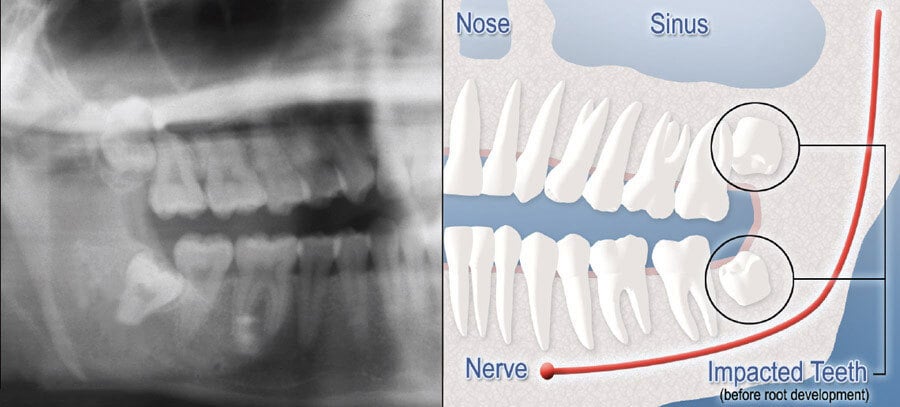
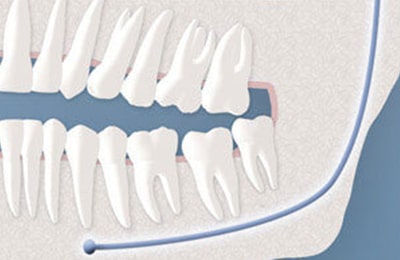
Inadequate room for gum tissue to retract, hindering proper tooth cleaning.
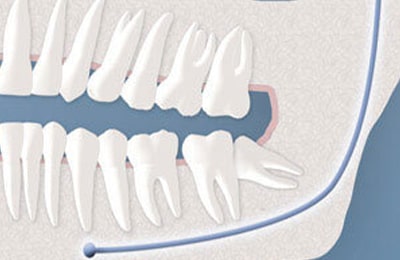
Enough space for partial eruption, but the tooth can't function well in chewing and poses cleaning challenges.
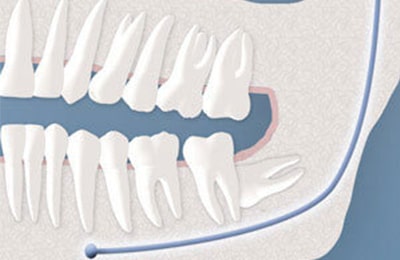
No space for the tooth to erupt; it remains embedded in the jawbone. Removal requires complex surgical techniques, especially if the tooth is partially visible or positioned unusually. Jawbone shape or size variations can further complicate the removal process.
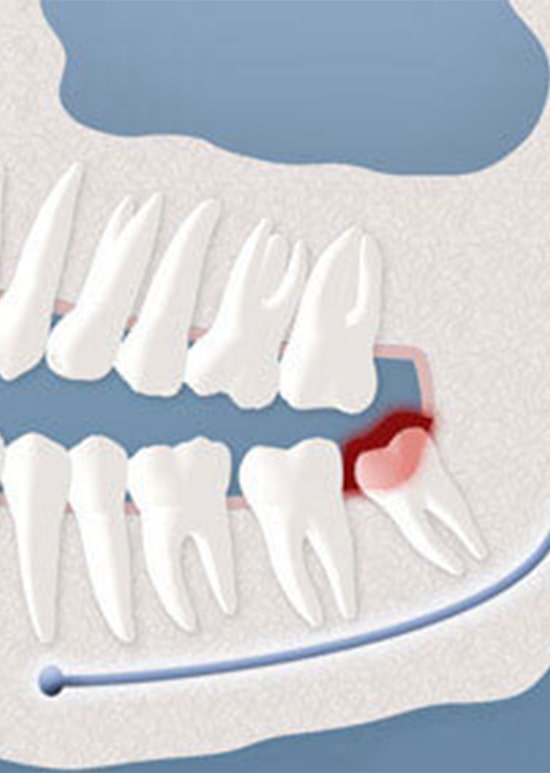
Commonly, the main clinical issue is pericoronitis, a localized gum infection. Insufficient space for complete eruption can lead to irritation and infection in the gum tissue surrounding the wisdom tooth. This results in recurring pain, swelling, and difficulties with chewing or swallowing.
Non-infectious diseases may also arise in association with an impacted wisdom tooth. Cysts are fluid-filled “balloons” inside the jawbone that develop as a result of impacted teeth and slowly expand destroying adjacent jawbone and occasionally teeth. They can be very difficult to treat if your wisdom teeth are not removed in your teenage years. Although rare, tumors can be associated with the delayed removal of wisdom teeth.
Impacted wisdom teeth may cause crowding, especially after braces. Removal is preventive, aimed at avoiding long-term damage to teeth, gums, and the jawbone, even without an immediate issue.
Insufficient space for cleaning around a wisdom tooth can negatively impact the adjacent second molar. This can lead to gum disease, bone loss around the tooth, and/or decay.

During the oral examination, our doctors utilize x-rays to assess the wisdom teeth's position and predict potential problems. Early evaluation and treatment, usually starting in the mid-teenage years, have been shown to yield superior outcomes. Dentists, orthodontists, or oral and maxillofacial surgeons typically perform the initial evaluations.
Wisdom teeth removal is often done under local anesthesia, laughing gas (nitrous oxide/oxygen analgesia), or general anesthesia. The options and associated surgical risks, such as sensory nerve damage or sinus complications, will be thoroughly discussed with you before the procedure. After the removal, the gums are sutured, and you'll rest under supervision until ready to go home. Your postoperative kit will include instructions, pain medication, antibiotics, and a follow-up appointment for suture removal. If you have any further questions, feel free to call us at Irving Park Phone Number 847-757-2600.
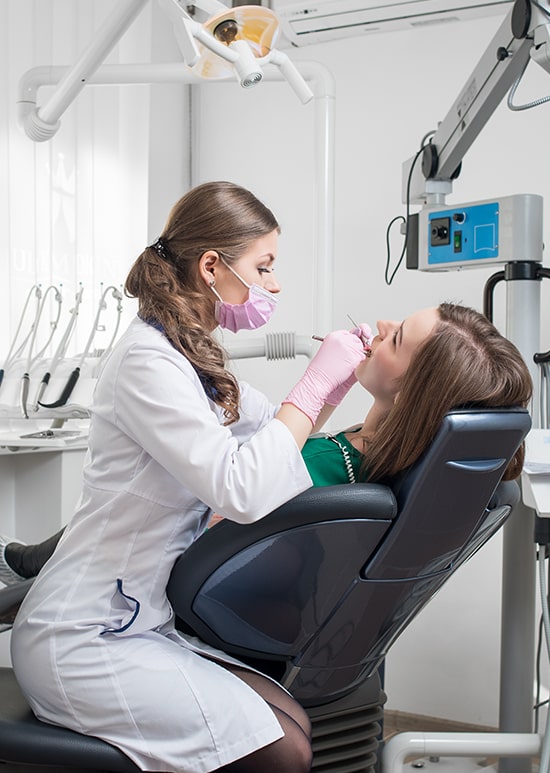
Discover painless precision with our advanced procedures, prioritizing your comfort at every step.
Achieve results efficiently with fewer sittings, optimizing your time and ensuring effective outcomes.
Experience the assurance of high success rates as we prioritize excellence in every aspect of your oral care journey.